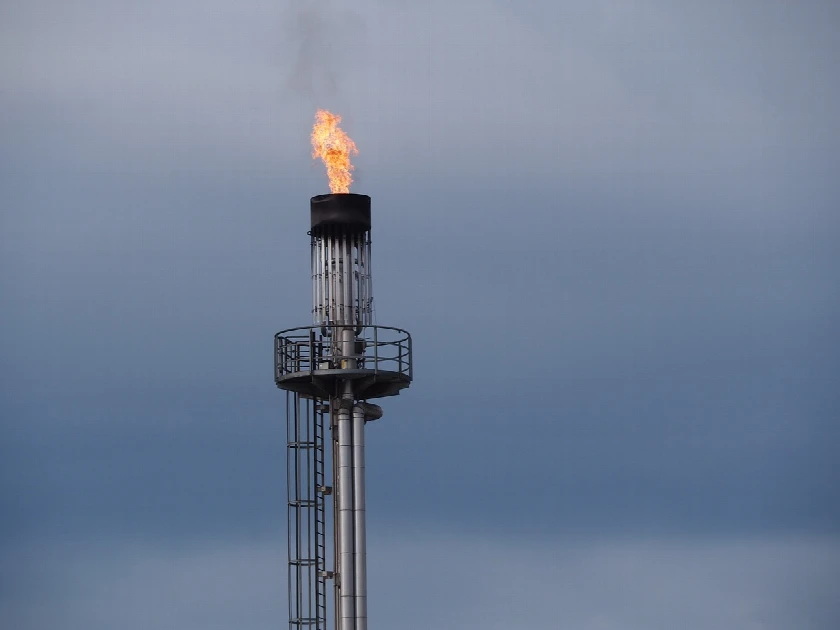Jul 19, 2025
Natural gas prices saw a modest increase on Friday, with August Nymex natural gas (NGQ25) closing up by 0.65%. This uptick is largely attributed to forecasts predicting excessive heat across the United States next week, which could drive up demand as electricity providers prepare for heightened air conditioning usage. According to Vaisala, temperatures are expected to remain above normal from July 22-26, particularly in the midwestern regions, while Atmospheric G2 forecasts even hotter conditions in the south-central and southwestern US from July 28 to August 1.
Despite the rise in prices, the gains were capped due to the current abundance of natural gas supplies and the prospect of increased production in the US. As of July 11, natural gas inventories were 6.2% above the five-year seasonal average, indicating a robust supply. Additionally, Baker Hughes reported a rise in active US natural gas drilling rigs to a 17-month high, suggesting an impending increase in production.
Data from IndexBox highlights that lower-48 state dry gas production reached 108.3 billion cubic feet per day on Friday, marking a 5.3% year-over-year increase. However, gas demand in the same region slightly declined by 0.3% year-over-year to 78 billion cubic feet per day. Meanwhile, estimated LNG net flows to US export terminals decreased by 1.2% from the previous week, totaling 15.5 billion cubic feet per day.
Electricity output has also shown a positive trend, with the Edison Electric Institute reporting a 1.1% year-over-year increase in total US electricity output for the week ending July 12, reaching 98,133 GWh. Over the past year, electricity output has risen by 2.4% to 4,248,982 GWh, further supporting the demand for natural gas from utility providers.
However, the weekly EIA report presented a slightly bearish outlook, revealing that natural gas inventories rose by 46 billion cubic feet for the week ending July 11, surpassing both the consensus of 45 billion cubic feet and the five-year average of 41 billion cubic feet. Despite a 4.9% year-over-year decrease, inventories remain 6.2% above their five-year seasonal average, underscoring adequate supply levels.
